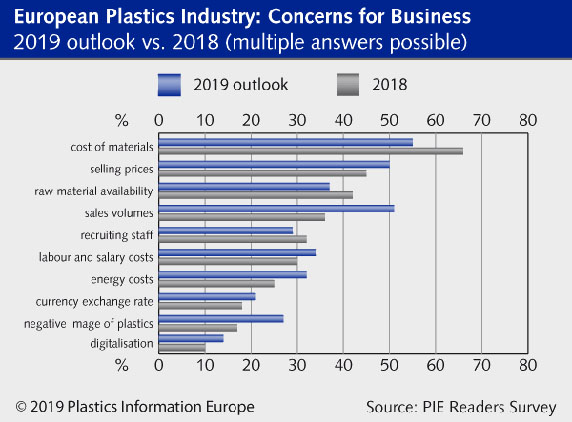Since the mandatory deposit was introduced in 2003, PET mandatory-deposit PET-packaging has been collected by the retailer in Germany. Thanks to the deposit system, 98% of PET bottles are returned and the valuable material is recycled.
Because PET can be recycled without any problem whatsoever.
Returnable bottles and recycling bottles of the PETCYCLE system are taken back and refilled or recycled, to protect valuable resources.
The deposit on PET disposable bottles has contributed to the fact that nearly all bottles are now recycled and waste thus avoided.

PET bottles are notable for their recyclability, with a recycling rate of almost 100 per cent. But how is it actually possible to recover the valuable raw material from the drinking bottle that is returned to the deposit machine?
Transport to the recycling plant
The bottles are first compressed, then transported to the recycling plant before being sorted by colour. Brown and opaque products are usually turned into fibre material and not into new bottles.
Cleaning and granulation
The PET is then cleaned and processed into flakes. This is done – depending on the quality of the material – with the help of two processes: either by melt filtration or via an URRC process. If melt filtration comes into play, the flakes are melted down to filter out the material that does not melt. In the next step, the purified PET is crystallised into pellets. In the URRC process, caustic soda is poured over the PET to dissolve the surface of the PET and remove contaminants. Here, too, the granulate is produced in the next step. The resulting rPET is then supplied as pellets for further processing.
Your rucksack was once a water bottle! You don’t believe it? But it’s true: After its first life as a bottle, the PET material is recycled and can be used for many different things. Recycled PET is used to manufacture new food packaging, for example. In the so-called bottle-to-bottle process, new bottles are made from old PET bottles. In the retail sector, there are already bottles that consist of more than 50% of recycled material. And work is still going on to achieve a further increase in the recycled content.
Part of the recycled material is processed into polyester fibre. In addition to soft fleece sweaters, a variety of other fantastic products can be made, such as rucksacks.
The range of applications is huge. For example, there are now softshell jackets, gloves and umbrellas made from recycled material! The PET recycled material can also be used in many other areas however. For example, as foil, packaging for washing powder or cosmetics.
There are even more things you can do with used PET bottles: build houses, create art objects or simply bring light into the dark…

Environmental and climate protection are two major driving forces in the European Union (EU). The EU Plastics Strategy, which calls for a collection rate of 90 per cent for PET beverage bottles by 2025, aims to establish closed-loop recycling in the EU. It is now up to the Member States to implement the requirements for greater environmental protection. However, some countries are still a long way from meeting the targets of the EU Plastics Strategy, as they have no, or an insufficiently effective, deposit system for PET beverage bottles.

However, there are a few signs of a shift towards a circular economy. Many European states have established deposit systems in recent years or are planning to introduce a system in the near future. Efficient deposit systems for PET beverage bottles already exist in the Scandinavian countries, the Netherlands, Croatia, Lithuania, Estonia, Malta and Germany. In 2022, Scotland, Portugal, Latvia, Ireland, Belarus, Romania and Slovakia plan to follow suit. And the introduction of a deposit system is also currently being discussed in other countries such as Great Britain, Turkey and Greece.¹ Germany has been setting a good example since 2003 and has defined high standards for the recycling of disposable PET bottles. The recycling rate for returned PET beverage bottles in 2019 was 97.5 per cent.²
Forum PET welcomes the efforts of many European countries to strengthen closed PET cycles, since an efficient circular economy is the most effective way to protect the environment and the climate.

¹ https://www.bvse.de/sachverstand-bvse-recycling/themen-ereignisse/6663-pfandsysteme-europaweit-auf-dem-vormarsch.html
² Gesellschaft für Verpackungsmarktforschung: Production and recycling of PET beverage bottles in Germany 2019.
PET deposit bottles are easy to recycle and are also suitable for contact with food. Above all, however, PET stands out because its recyclability helps to conserve resources. In addition, recycled PET is more cost-efficient than new – although this difference is dwindling compared to previous years. The effects of repeated recycling over long periods still need to be investigated in greater detail. For example, strict guidelines may become necessary if an accumulation of additives or impurities is detected.
